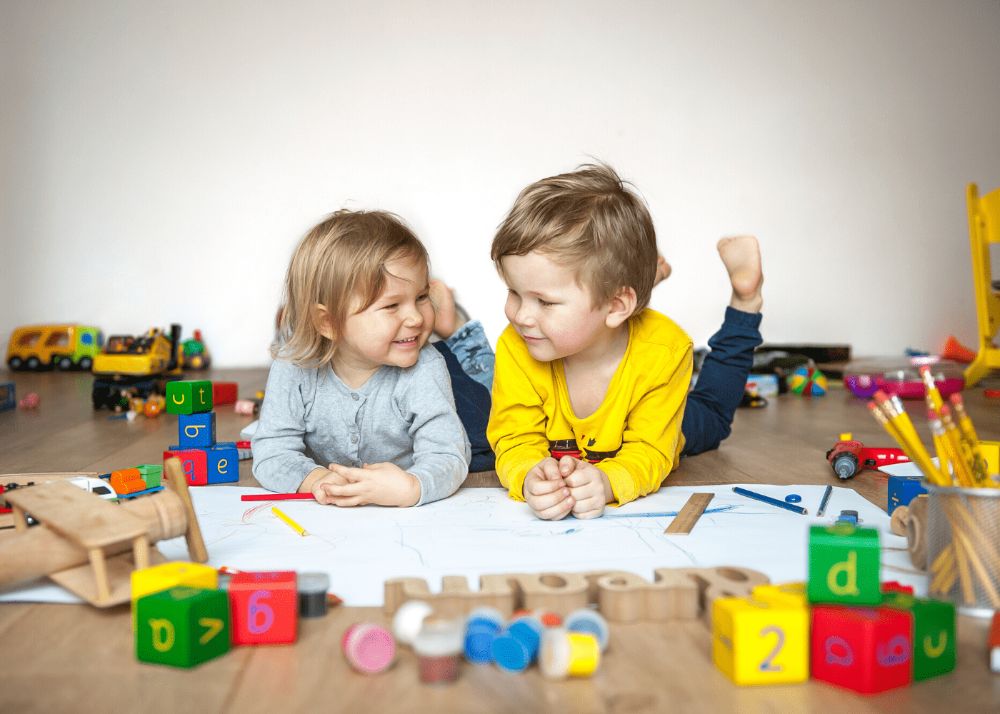The rise of robotics in children’s play represents a revolution in how kids learn, create, and interact. Once reserved for laboratories and tech enthusiasts, robotics has now entered the toy industry — empowering children to build, program, and communicate with machines.
1. From Toy Robots to Learning Partners
Robotic toys such as Cozmo, LEGO Mindstorms, and Miko aren’t just gadgets; they’re companions that teach coding, logic, and empathy. These toys respond to touch, recognize faces, and even express emotions — bridging the gap between play and technology education.
2. Robotics as a Gateway to STEM
By engaging children in building and programming their robots, interactive robotics toys introduce the basics of engineering and computer science in a playful way. Kids learn sequencing, pattern recognition, and problem-solving — skills directly aligned with future STEM careers.
3. Creativity and Customization
Robotic toys encourage creativity through open-ended play. Children can design their robots’ movements, personalities, and voices. This customization fosters imagination and ownership, turning passive consumers into active creators.
4. Emotional and Social Learning
Interestingly, robots can also help children develop empathy and social understanding. Some research suggests that children with autism, for instance, find it easier to communicate with robots than with humans, using them as tools to practice social skills safely.
5. Conclusion
Robotic play transforms learning into an adventure. By fusing creativity, logic, and empathy, robotic toys prepare children not only for the digital world but for a future where technology and humanity work hand in hand.

